Matteo Cassina: Freerunning
Heidi: When did your passion for doing the sport of parkour/freerunning start and eventually evolve into photography as a practice?
Matteo: I started practicing parkour in 2014, in my second year of high school.
I started in a gym called Total Natural Training, owned by one of Milan’s oldest parkour groups: Milanmonkeys. It was newly opened at the time, so I was one of the first subscribers. I used to be a bit of a loner, often feeling too shy to express myself through words, so I found a way to express myself through movement.
It was my life back then. When I got back home from the gym I used to hop on YouTube to watch parkour videos and take notes of what I wanted to work on next. I would always buy all of Milanmonkey’s merchandise as soon as it was available and wear oversized gym pants with crazy graphics every day; the height of parkour fashion at the time.
After three years of training indoors I moved on from the gym and started training on the streets, finally getting in touch with the wider parkour community. I started going to jam sessions and other events that attract parkour athletes from all over the world, exploring parts of the city I didn’t even know existed.
It was the first sport I fell in love with, it helped me become more confident with my body and make good friendships along the way.
When I began my photography studies I felt drawn to the topic of subcultures. To better understand how passions work I felt the need to first dive back into my own and study it as something between a photographer and a practitioner.
Rediscovering such an important part of my life through the lens of a camera felt almost spiritual.
How did looking at urban space and visualizing sequences, textures, and light inform both your freerunning and the photography you wanted to shoot?
Parkour content is mostly displayed in video, the viewer will see every instance of a stunt. Photography works very differently.
Based on what the athlete is going to do, you have to figure out which part of the trick is the best one to show, often having to predict when to press the shutter.
Many tricks are spectacular in real life, but when frozen in place don’t look all that interesting. That’s when you have to rely on other elements to make the photo speak, like a very dramatic light, a specific angle, or a longer exposure. These challenges were exciting to tackle, and taught me a lot about how to approach fast moving subjects with the camera
Why black and white for this body of work?
Urban architecture is a fundamental component of parkour. There’s a tight interaction between the athlete and the elements of the city landscape. The grayscale highlights this connection by presenting both people and the environment with the same color and better defines the geometry of the spots, and areas of the city where the architecture allows an acrobatic interaction.
This work involves artistic movement and an intimate connection to urban space and architecture. What influences did you draw from?
One of my favorite activities outside of training was scouting for spots. We would put together a little group, buy “provisions” and make little expeditions in the city suburbs or in some towns close by; take pictures of what we considered interesting, and publish them on Facebook. This eventually translated into my love for urbexing, the exploration of abandoned buildings, which also has a widespread and active community.
How did the ICP program stretch you creatively – what was the most useful learning?
ICP has been invaluable for my growth as a photographer, thanks to the classes and my fellow students. It’s a great environment to experiment and to understand what works and what doesn’t within a story.
I was particularly fond of creative classes, where we explored the concept of visual art beyond just the action of photographing. Recognizing all the important elements in a story and representing them in creative ways can add layers to a narrative. For example, in my project for ICP, I included scans of drawings and phrases that the protagonists of my work left in my notebook; or used a white sheet of paper to collect footprints. These elements offer more dimensions to the otherwise flat surface of a picture. I want to experiment with that even more moving on.
How did you prepare for the ICP portfolio reviews and what was your biggest takeaway?
I remember the last weeks before the portfolio review as the most hectic time in my experience at ICP. The most important thing was feedback, but since many classes ended, we couldn’t rely on periodic meetings with professors. There was a lot of scheduling and sending emails, but among the students, we were helping each other out a lot; putting sequences together and having mock interviews.
The review itself was much less stressful than I expected. At the end of the day we were presenting the project we’ve been working on for the whole year, so talking about it came naturally.
How often do you use the jam maps and is this a worldwide system for free running?
Almost every major city has a spot map available to anyone; I always check them out when I travel somewhere new. They are constantly updated and include information on the spots, like difficulty or the kind of obstacles there are.
Even when a city doesn’t have a proper map it’s always easy to contact the local community via social media and get a list of the best spots.
What projects are you working on now?
For my project at ICP, I went for a very different underground subculture. I documented the story of the Nocturnal Creatures Society, a young group of ravers from the New Jersey suburbs that banded together due to the lack of youth-oriented gatherings in their towns.
NCS will travel on the road throughout America this summer organizing rave parties; I’ll be there to document that.
I’m not abandoning my parkour journey though! I plan to get back to it at a later date.
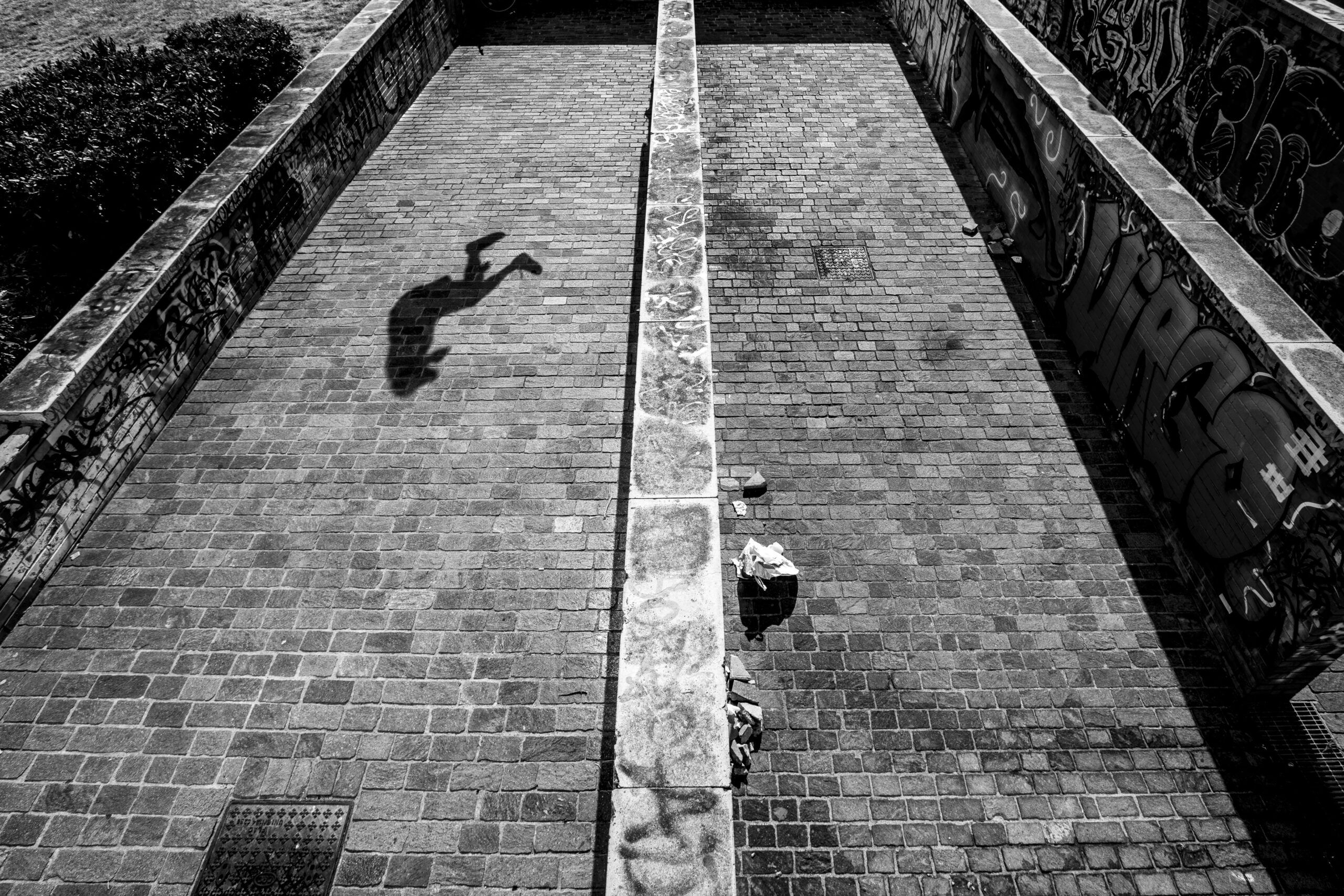
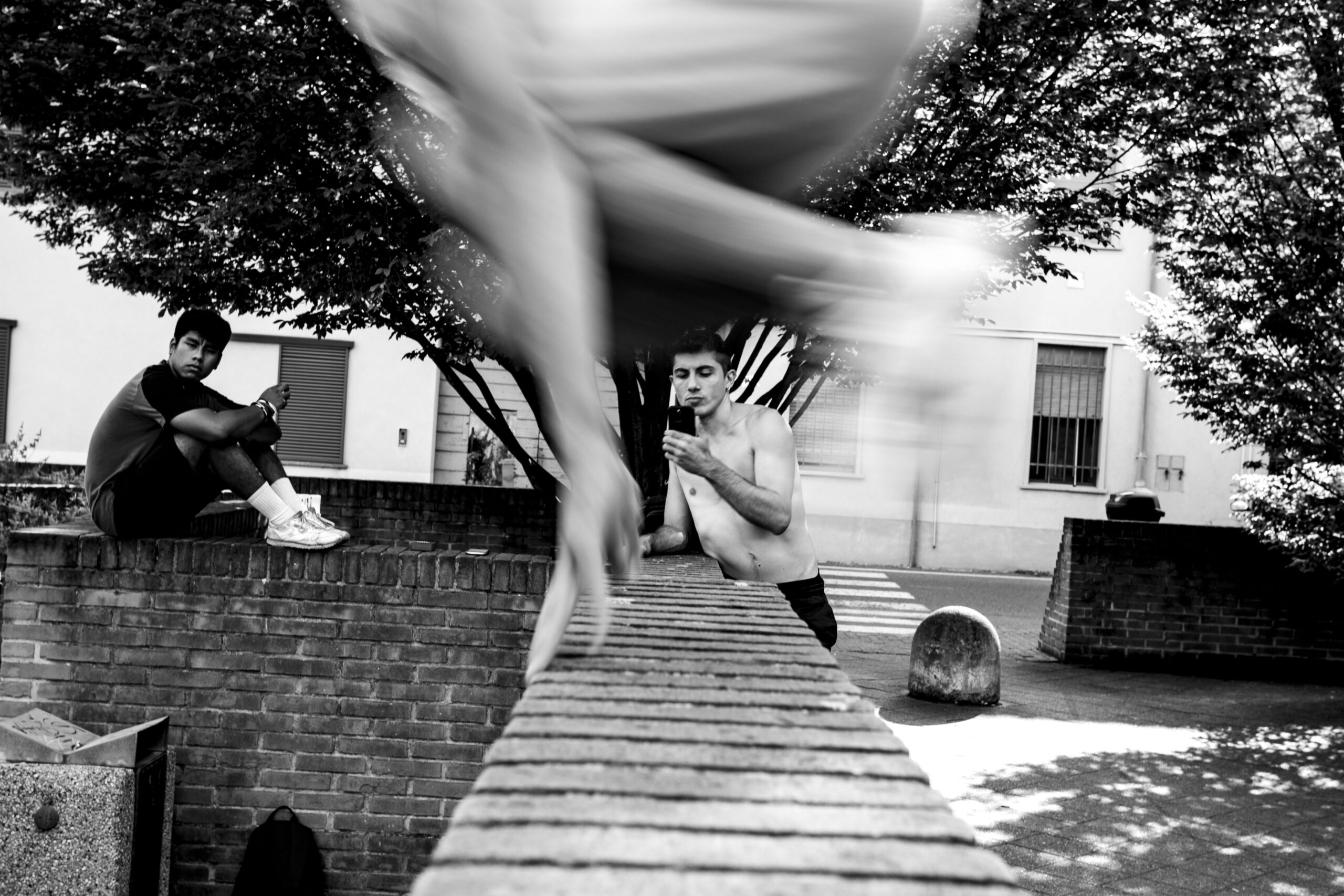
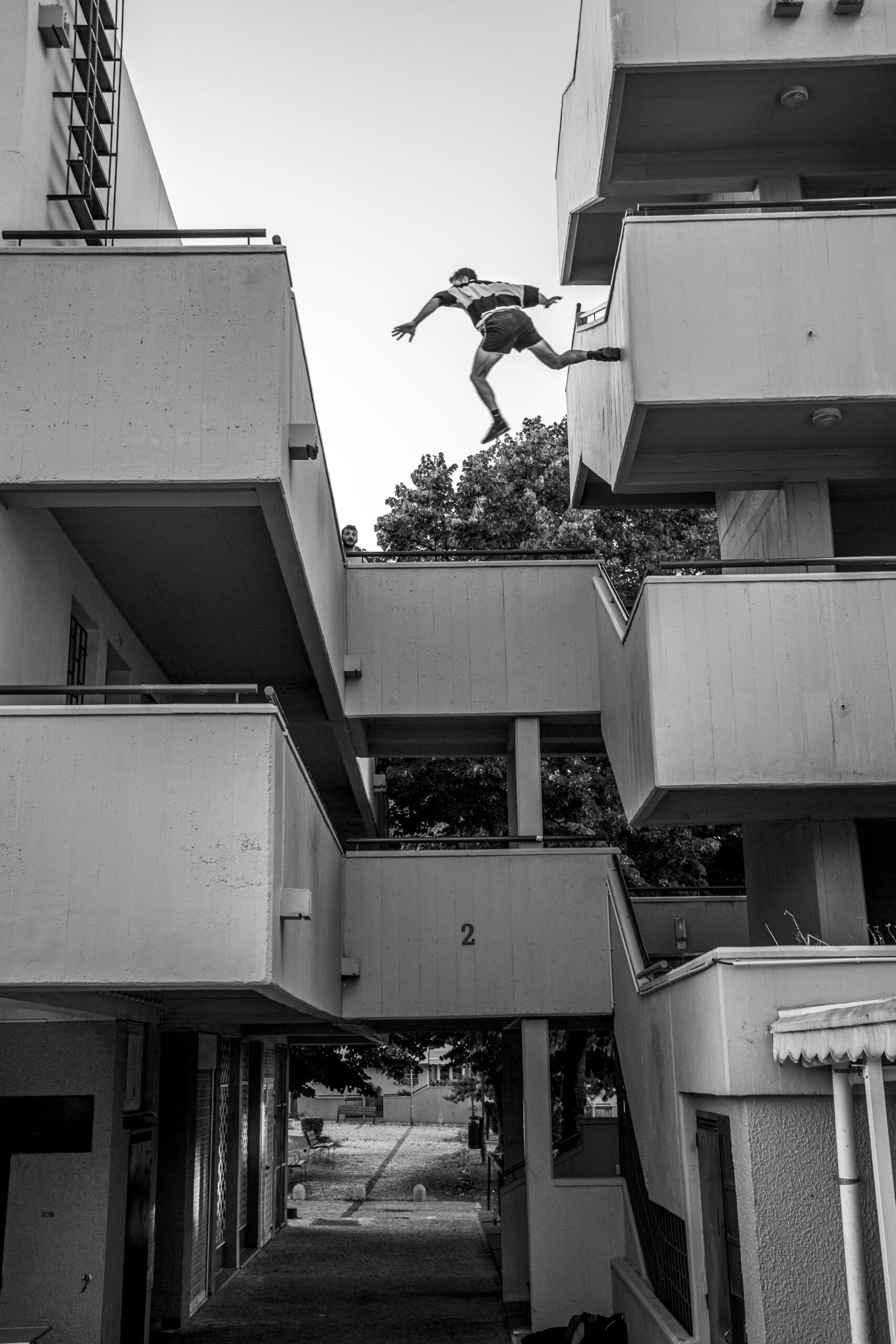
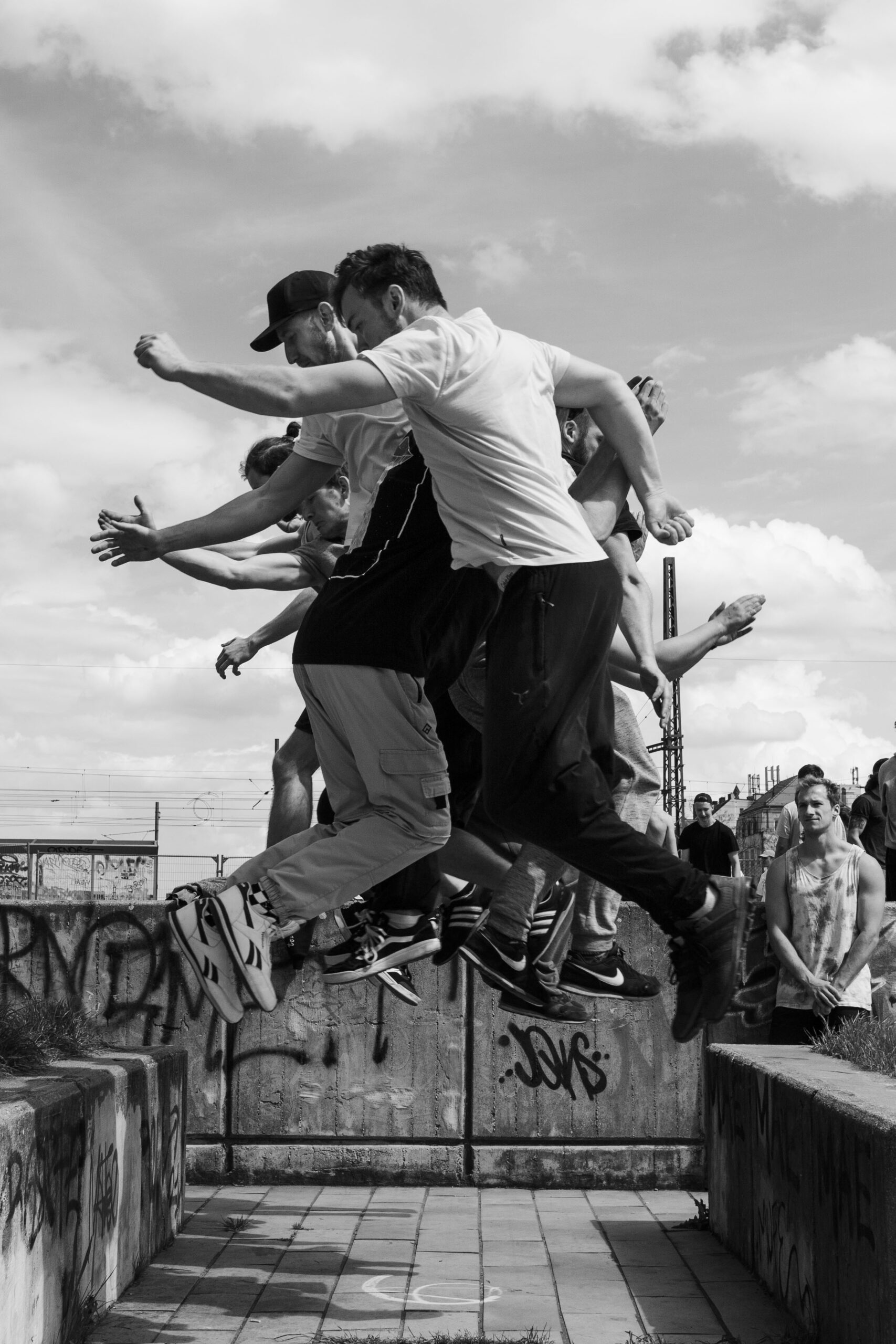
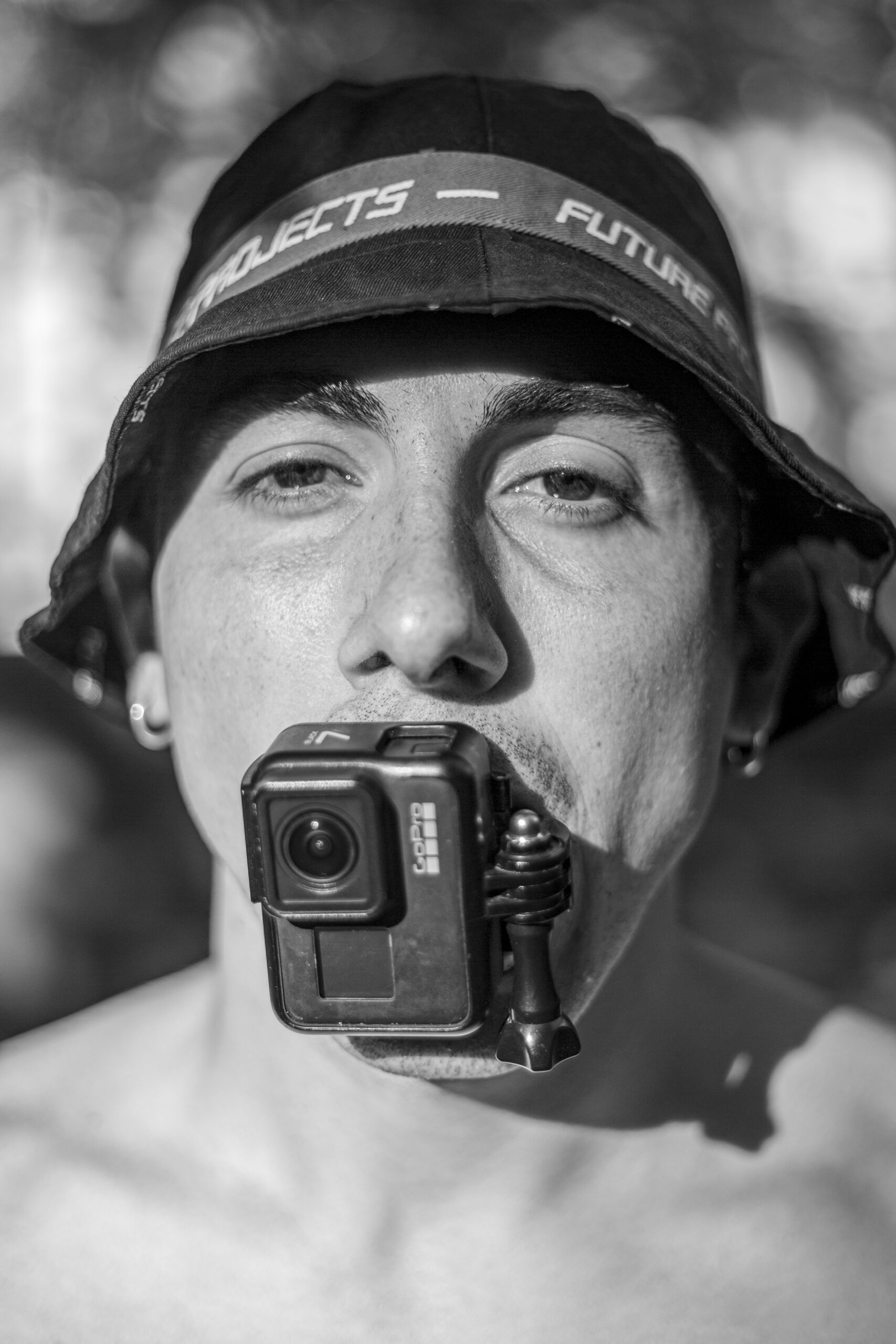
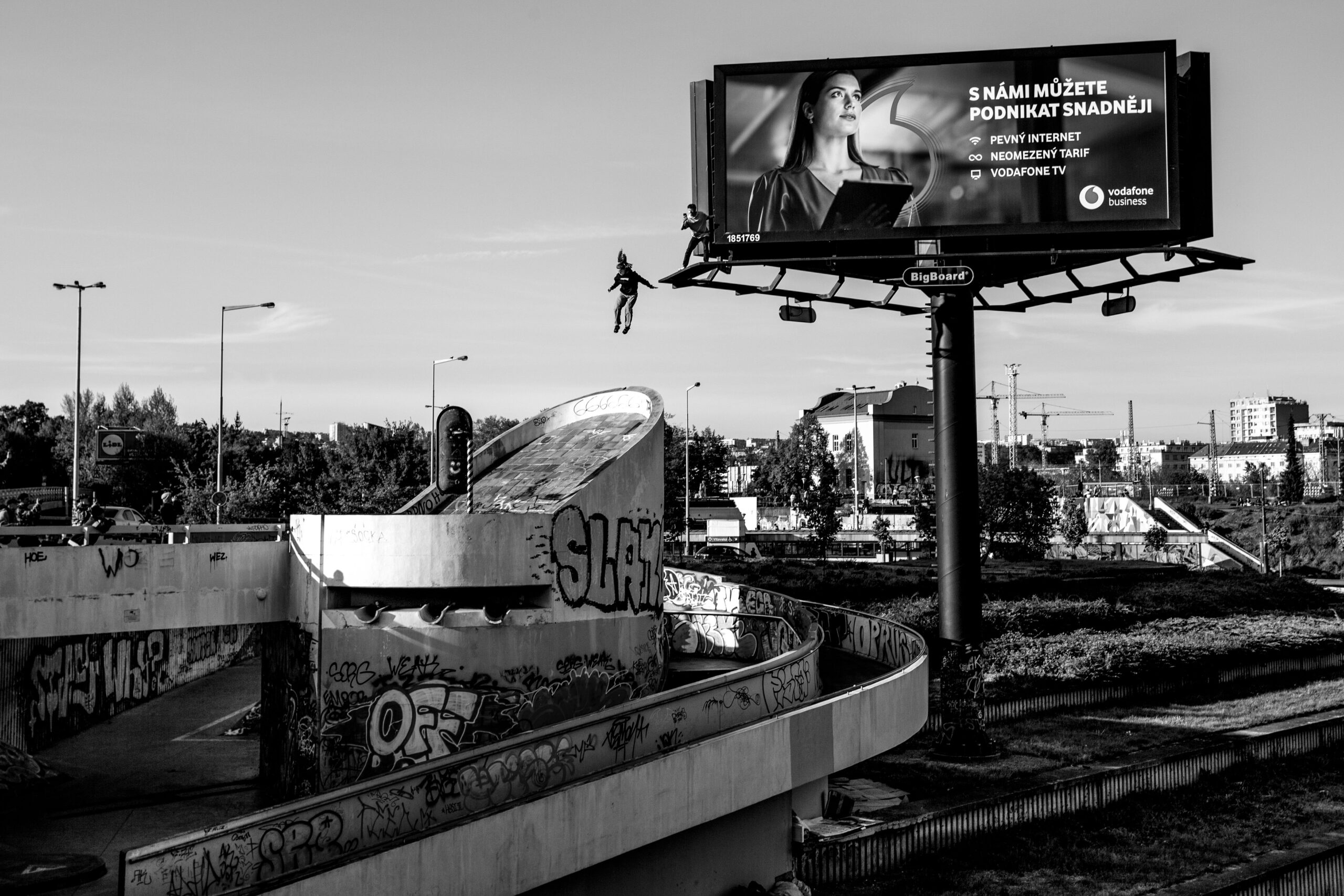
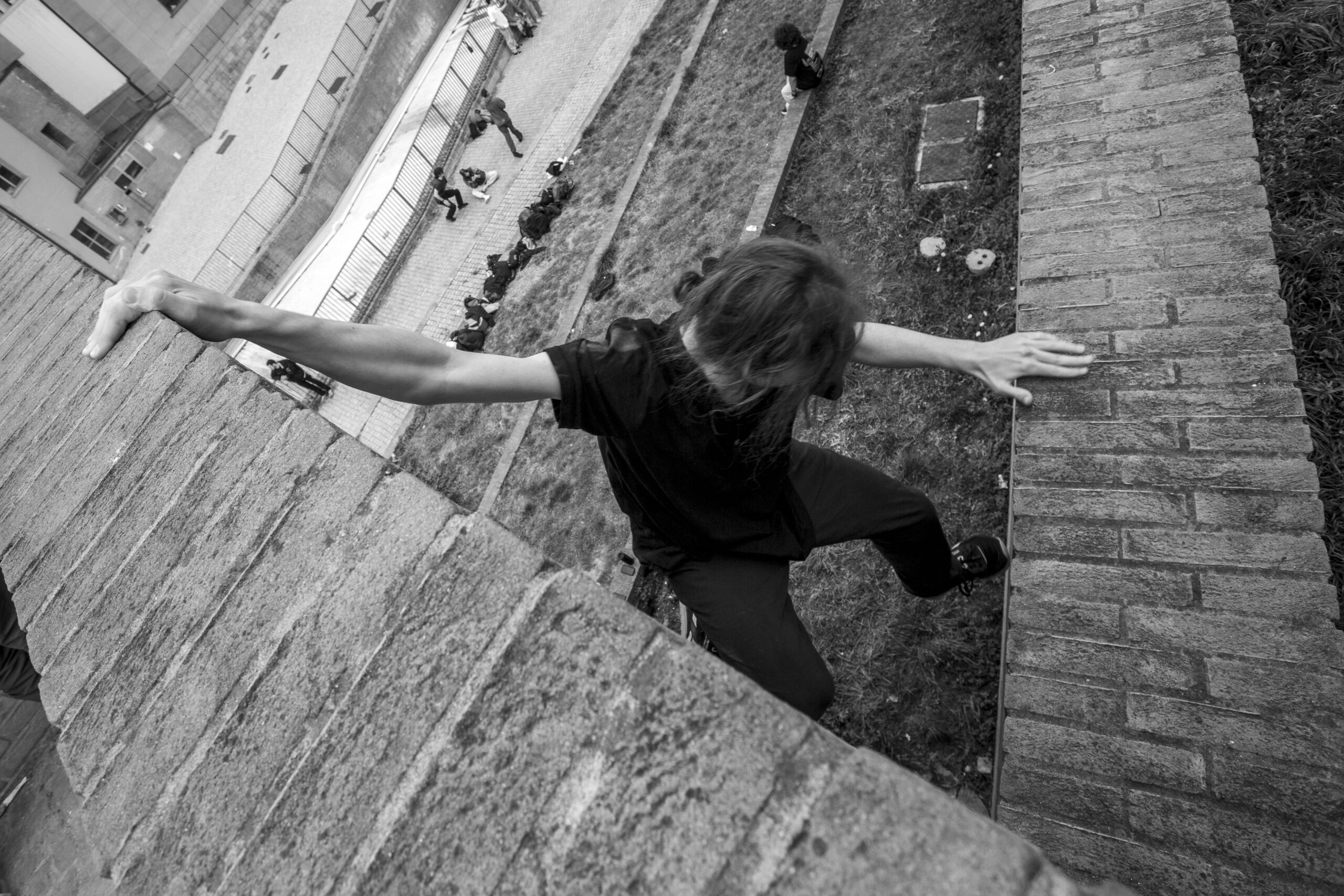
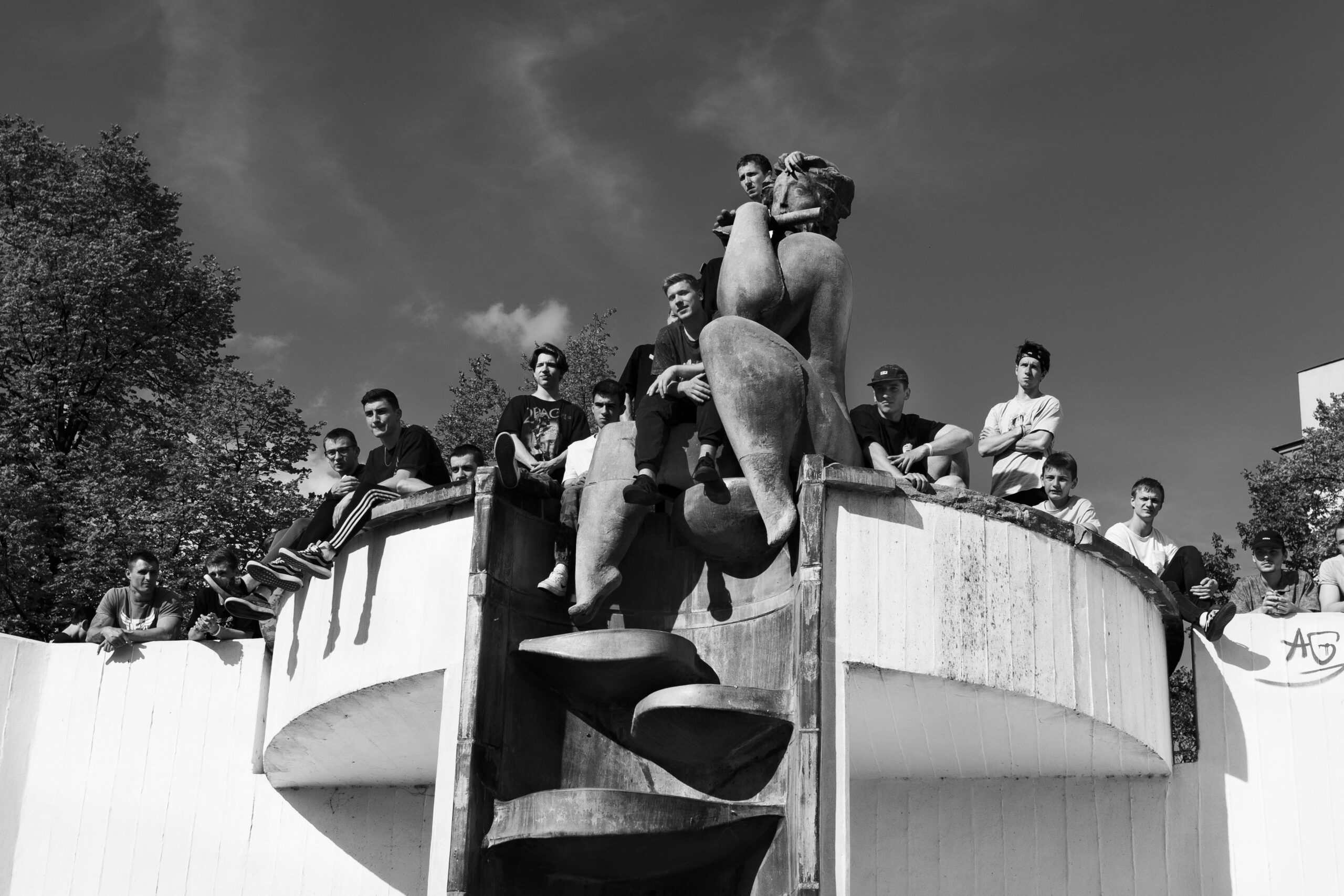
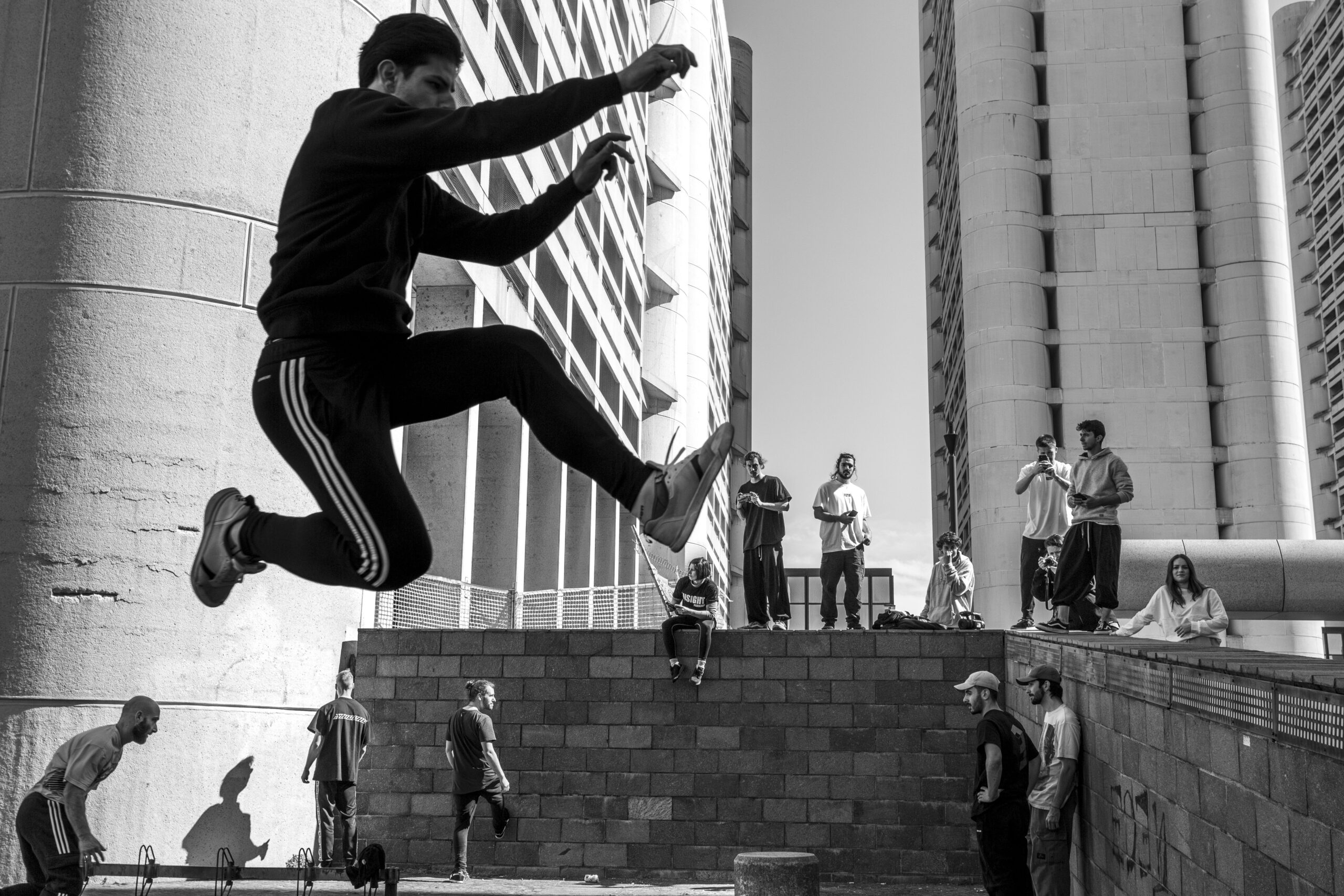

No comment yet, add your voice below!